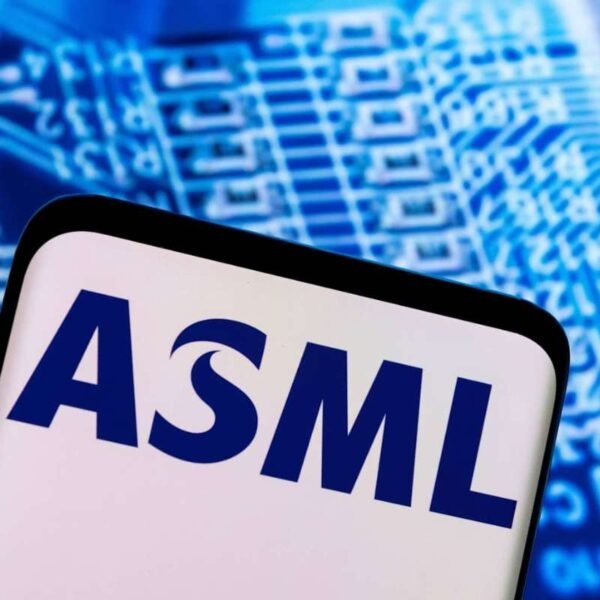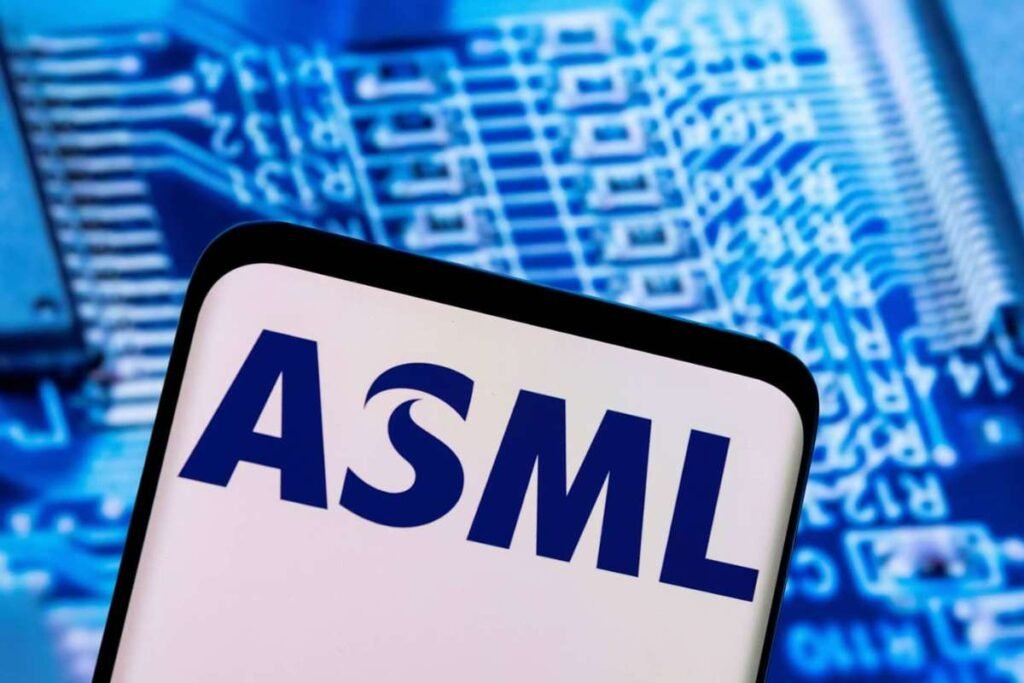Source- Forbes
In an unexpected turn of events, Pittsburgh-based Astrobotic has announced the decision to bring its ambitious lunar mission to a close. The company’s Peregrine spacecraft, which aimed to deliver five NASA instruments to the Moon’s surface, will be intentionally directed to re-enter Earth’s atmosphere and burn up. This decision comes after the lander encountered a major propellant leak following its launch from Florida on a Vulcan rocket last week.
Mission’s Dilemma: Navigating Challenges and Difficult Decisions
Astrobotic faced a critical situation as the Peregrine spacecraft suffered a propellant leak, jeopardizing the planned lunar landing. Despite engineers successfully stabilizing the situation, the loss of oxidizer made a safe touch-down on the Moon impossible. In a thoughtful move to avoid potential collisions in space, Astrobotic opted for a controlled re-entry over a remote area of the South Pacific.
“While the mission did not unfold as initially planned, the team has turned adversity into an engineering success,” emphasized Sian Cleaver, Airbus’ Orion European Service Module industrial manager. The fault was traced to a ruptured oxidizer tank, disrupting the craft’s solar panel alignment. The team managed to restore stable pointing but used up additional oxidizers in the process.
Learning from Setbacks: Astrobotic’s Positive Takeaway
Amid the challenges, Astrobotic sees the mission as a valuable learning experience. The company’s ability to diagnose and extend the life of the lander showcases the resilience of space exploration endeavors. Despite not achieving the historic lunar landing, payloads onboard were activated, proving their space-worthiness, and data was collected on the radiation environment between Earth and the Moon.
“There’s a lot that we can take away from this, but ultimately space travel is difficult and we’re seeing that here,” acknowledged Cleaver. The Astrobotic team demonstrated adaptability and problem-solving skills, providing insights for future missions. One of the NASA instruments on board, the Peregrine Ion Trap Mass Spectrometer (PITMS), developed in the UK, showcased its capabilities during check-out tests.
Future Lunar Endeavors: Astrobotic and NASA’s Ongoing Partnership
Astrobotic remains part of NASA’s private-public partnership, intending to send a rover called Viper to the Moon in the latter half of the year. The company, along with fellow participants Intuitive Machines and Firefly, had planned a total of six lunar missions in 2024. The unforeseen challenges encountered by Astrobotic emphasize the complexity of space travel but contribute valuable lessons to the ongoing exploration of the lunar surface.










